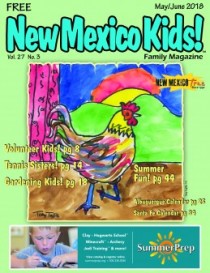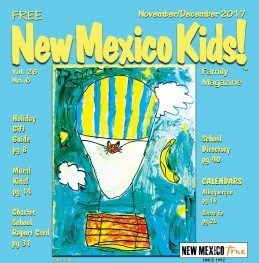How To Shoot Wildlife Photos
How To Shoot Wildlife Photos
June 30, 2022By DEBORAH BEGEL

Kids, have you ever thought of being a wildlife photographer? You’d get to go to beautiful places in search of birds, plants and animals. To gather some suggestions for people like you and me who’d love to explore wild lands and take pictures, I recently visited one of my favorite places, Point Reyes National Seashore, a triangular shaped peninsula that juts out into the Pacific Ocean about 30 miles north of San Francisco.
I talked to a man who’s been living in this area and photographing wildlife for about 45 of his 75 years, Carlos Porrata. Born and raised in Puerto Rico, he is a self-taught photographer who generously shared not only tips for beginners, but also stories about how he came to explore these coastal landscapes, often wearing blue jeans and a comfortable blue down jacket, his greying hair tied back off his face. He carries his Nikon D850, along with a 500-millimeter lens, a tripod and a pair of binoculars.
As a young man, Porrata got a master’s degree in counseling and worked in the field for several years in New Jersey. Then he and his family took a leisurely trip across the United States, including a stop in New Mexico, which they vowed to visit again, and did. They also visited parks where, he said, “I kept on seeing all these guys dressed in green, talking about the birds and the bees, being outdoors in these amazing places. And I told my wife, I'd love to do that. So when we got to California, I decided to change my career.”
The family settled in Marin County and a few months later, Porrata got a job as a California State Park Ranger, which meant roaming the trails as a “caretaker of the land” at the 2,000-acre Tomales Bay State Park, which is nestled in the 71,000-acre Point Reyes peninsula. Over the years, he developed his photography skills and shot photos for brochures and other materials the park published.

Flashing a grin, he said, “When you do something you're passionate about, you put in a lot more energy, and perhaps most important, you start learning how to be patient and persistent, a huge tool for nature photography.”
Porrata said he didn’t know much about nature when he became a ranger, but he taught himself one sound or sighting at a time. “When you are out in the woods and you hear a bird, you just have to go one of these tapes of all the bird songs… (or) you can take a picture. Then you can go back home and figure it out with the field guide.”
Although Porrata’s photographs of owls and hawks, elk and deer, bobcats, egrets and so many other residents are sought after, he often gives prints away, especially to local nonprofit organizations. He publishes photos in the Point Reyes Light and Bay Nature magazine, and also shows his work at Point Reyes Open Studios. He recently won Best of Show at WildCare’s Living with Wildlife Photography Contest.
“To be honest with you, I don't do this to become famous or rich,” he said.
We were sitting at the kitchen table in his home, which has a view of Tomales Bay.
“Is sharing your photographs a way of helping people fall in love with birds and wildlife?” I asked.

“Exactly!” he exclaimed.
I asked him about how beginners might approach wildlife photography.
Most important, he said, is to remember that when we go to wild places, we are guests. “As you walk into an area,” he said, “you disturb the whole place. The birds get wild and loud, and everybody knows you're coming in.”
But once he finds a spot, he adds, “I make myself comfortable. I sit low and I stop moving. And this takes practice.”
The payoff, he said, comes after about a half hour, when “the natural behavior of the animals comes back.”
His other recommendations include:
l We try to position ourselves where the subject is in front of us and the light is in back of us, so that we have light on the subject.
l When you choose a place, you want to try to set it up (so that you) have a good background. I usually shoot for the sharpness of the subject. So what I'm looking for is the different colors.
l In terms of protecting the animals, shoot far away, not right on top (of your subject).
l You need to read and study the behavior of animals before you go and try to take photos of them, because the more you know, the easier it will be to find them.
l Nowadays cell phones are so good that you can get some amazing photos. The only problem is that you don't have a telephoto that will let you get real close. But for children to start exploring, they could shoot landscapes and appreciate habitats.
l Don’t move fast because it scares the animals.
Porrata’s own ability to be patient and persistent is illustrated with a story about his resolve to take a photo of a Great Horned Owl.
“It took me about two and a half weeks of going (to a particular spot with cypress trees) every day. I would go there before dusk, before sunset and I would set up my tripod and camera and just sit.
“I started noticing the first branch that she would always go to, which we call a perch. And then she had a trail right in front of her that was very long. So anytime a mouse would cross by, that would be a perfect place to catch it.
“One day she started flying, coming towards the perch. Her eyes are locked into mine. So I got the shot that I wanted.”
That story makes me think that if you and I developed patience and persistence here in New Mexico, we too could take become lifelong learners about nature and photography and discover some places that mean a lot to us.
For Carlos Porrata: “It is a lifelong project, one that satisfies my soul. I feel real centered when I'm out in the woods.”





